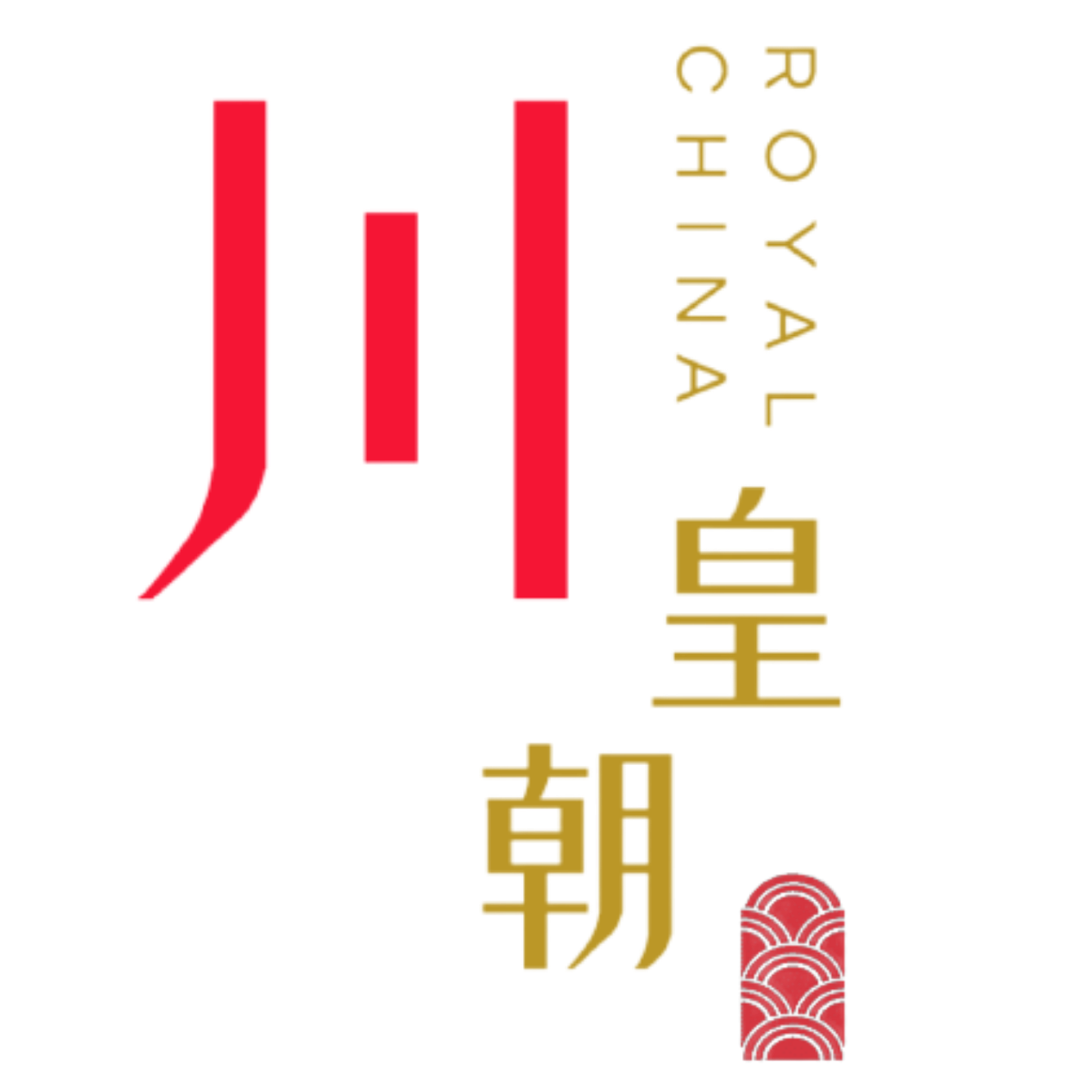
OUR SPACE

DESIGNED BY VERMILLONS
FOR CHUAN ROYAL CHINA
Vermillons has adorned the entry hallway with golden, hand-carved wooden doors, engraved with a dragon and a phoenix and waves from the Song dynasty.

Handprinted wallpaper adorns the walls, inspired and produced by the natural amenities of the Sichuan region. Wall coverings, fabrics and furnishings feature the essence of the geography and civilization of the province.





The bar area is inspired by Daci Temple, one of the oldest Buddhist temples in Chengdu.
The woodwork of the bar pays respect to the technique present in ancient Chinese architecture. Sun Mao, also known as Mortise and Tenon, is a set of joinery technique that allows craftsman to connect two pieces of wood or materials without using any nails. Mortise and Tenon was first seen 12,000 years ago during the Neolithic period in China. The technique is found in most traditional Chinese architecture and furniture, with the most well-known example being the Forbidden City. It has also been found in archaeological sites stretching all the way along the Silk Road, dating from the 4th century BC.
The main colour throughout the restaurant, a brilliant scarlet red, is a reference borrowed from the wall of the Wuhou Shrine.









